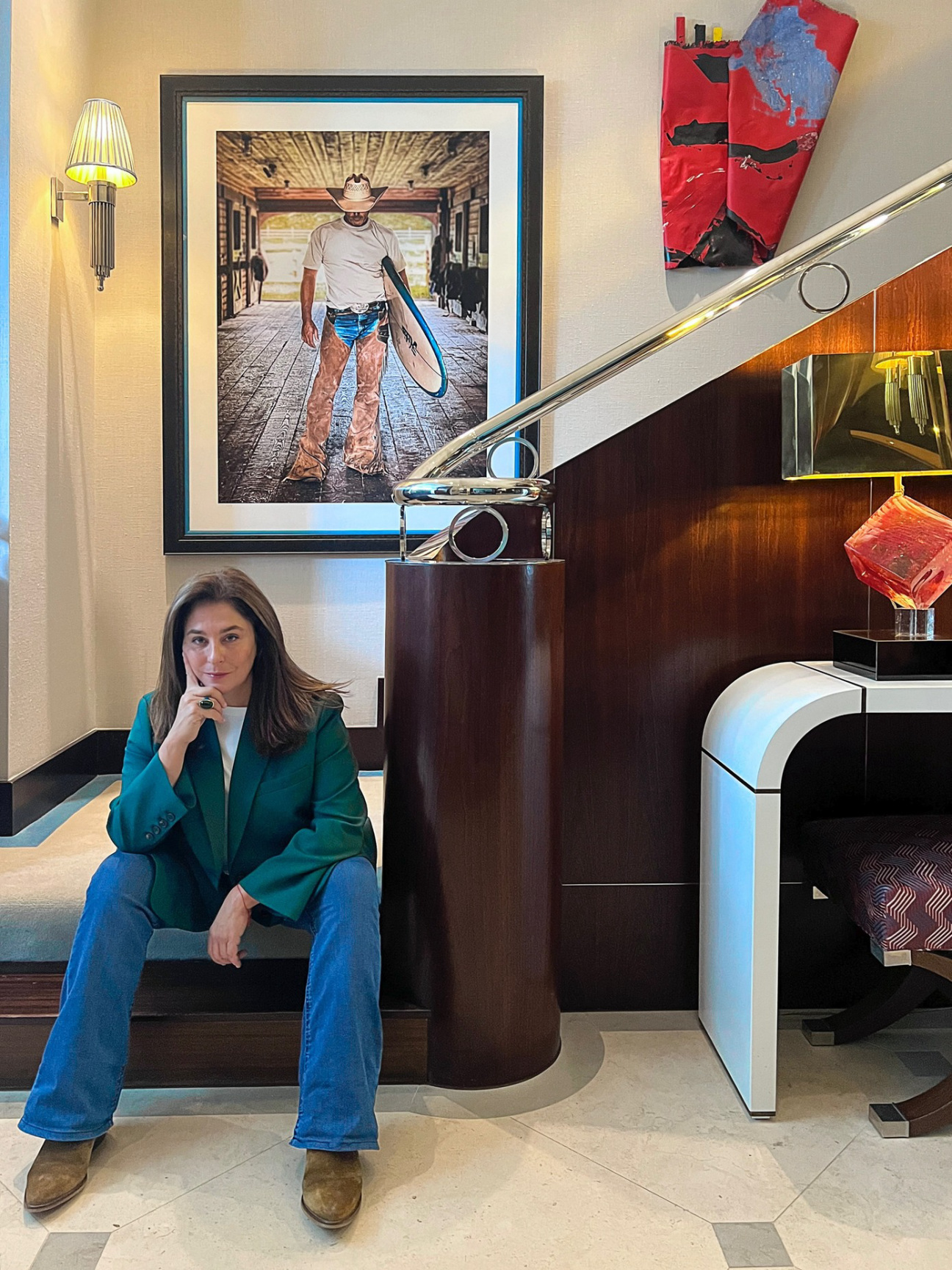
The most intriguing artwork in London-based collector and photographer Maryam Eisler’s home is her own. Eisler depicts the myriad—and at times contradictory—cultures of Montauk, capturing what she does best: narrative and setting.
Her piece Montauk Cowboy is only one in a thread of pieces celebrating vintage Americana and her time in the U.S. from her book Voices: East London to work in Middle Eastern and North African commissions at the Tate, Eisler has a way of profoundly immersing herself wherever she is—and capturing the ensuing texture of the place through her lens.
It was her love of Iranian art, in particular, that inspired Eisler to start her own collection—and it was her focus on the feminine sublime that drove its cultivation. Whether she is shooting for Vogue or producing for Mubi, she carries mementos from her travels into the art she creates and collects. Below, Eisler explores the intersection of creating and collecting, and how it’s informed by her many artistic influences.
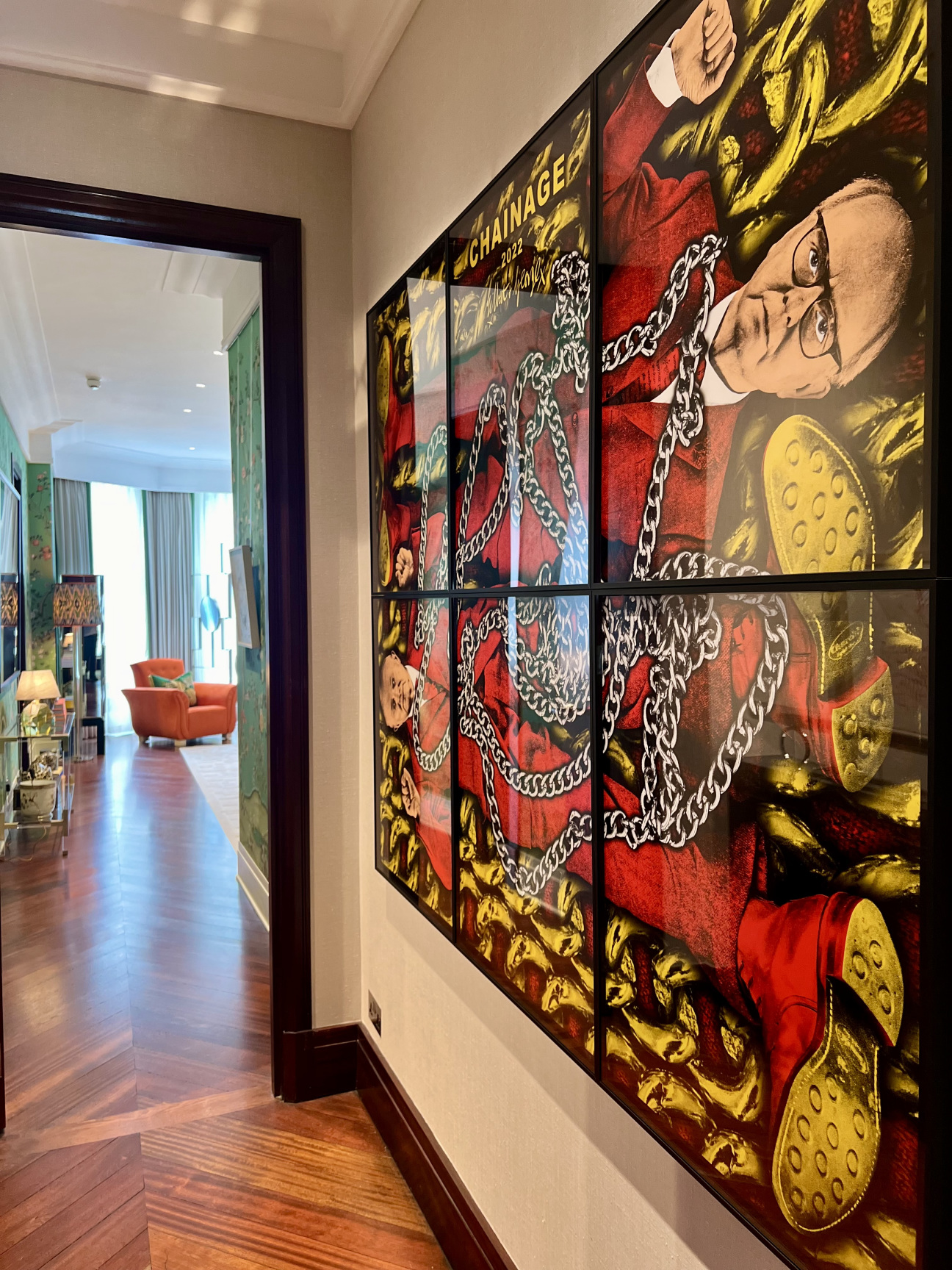
What do you think makes the London art scene distinct? What have you learned while researching for your books?
London has always been the hub of creativity in Europe. Artists from outside the city, including the U.K., have always looked to London for inspiration and avant-garde ideas. London art schools are known for pushing boundaries and breaking rules. Gilbert and George, iconic London artists, once said in the introduction to my book Voices: East London, "We found that everything of life was around us. We love the way it is changing by the day. It encapsulates all that we love of the past, the present, and the future." The cultural and socio-economic and multicultural diversity in London creates a unique atmosphere for artistic exchange and critical discourse.
Where does the story of your personal collection begin?
My interest in Iranian contemporary art, sparked by loss of home and land from an early age, served as a catalyst to my personal art collection. This interest was furthered through research and publication of a book on the topic alongside a 10-year chairmanship of the Middle East North Africa Acquisitions committee at the Tate, added to my involvement with the Guggenheim Middle East Circle. These initiatives allowed me to give a platform to artists whose voices were hijacked by a political system characterized by bigotry and extreme religious dogma.
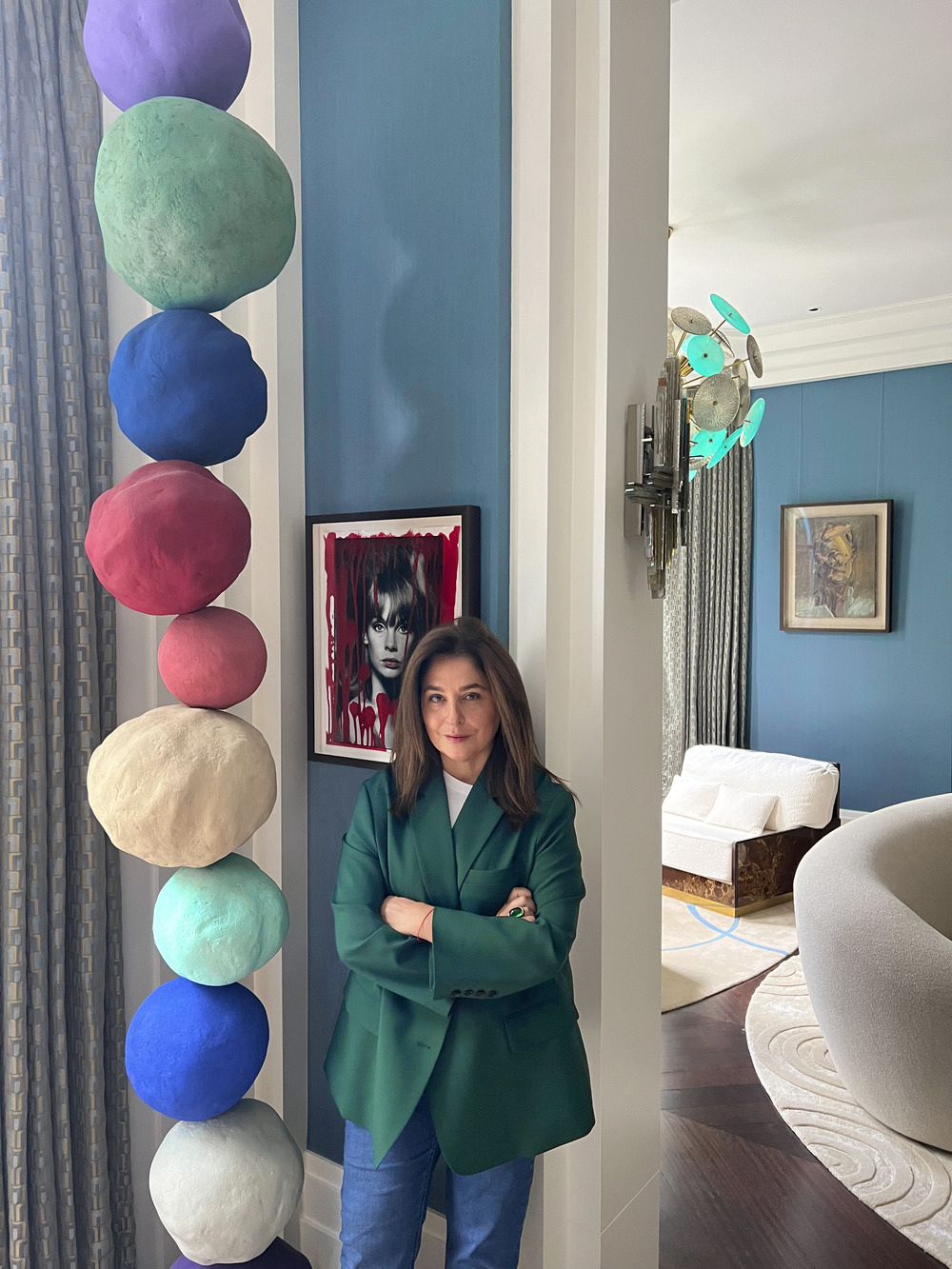
How would you characterize your collection? How do you decide which of your own pieces to weave into it?
Today, I live more in the now. As such, my collection is a direct reflection of the environment I live and work in, with time split between the U.K. and the U.S.—in itself creating an interesting creative exchange between both sides of the pond. As a photographer, I love weaving in my own work with the rest of the collection, creating dialogue around topics close to my heart—the “feminine sublime,” but also nostalgia and the passage of time, themes which very much lie at the crux of my own practice.
How does your work as an artist impact how you approach an acquisition?
You cannot separate the two. One informs the other. My work as a photographer is always led by instinctual emotions—my own. I transpose my soul and psyche onto the photographic paper. And I aim to evoke some of the same feelings in the viewer. Similarly, when acquiring art, I look for pieces that resonate with me on a deeper level. I want to be emotionally connected to the artwork, feel consumed by it and feel its impact every view I get.
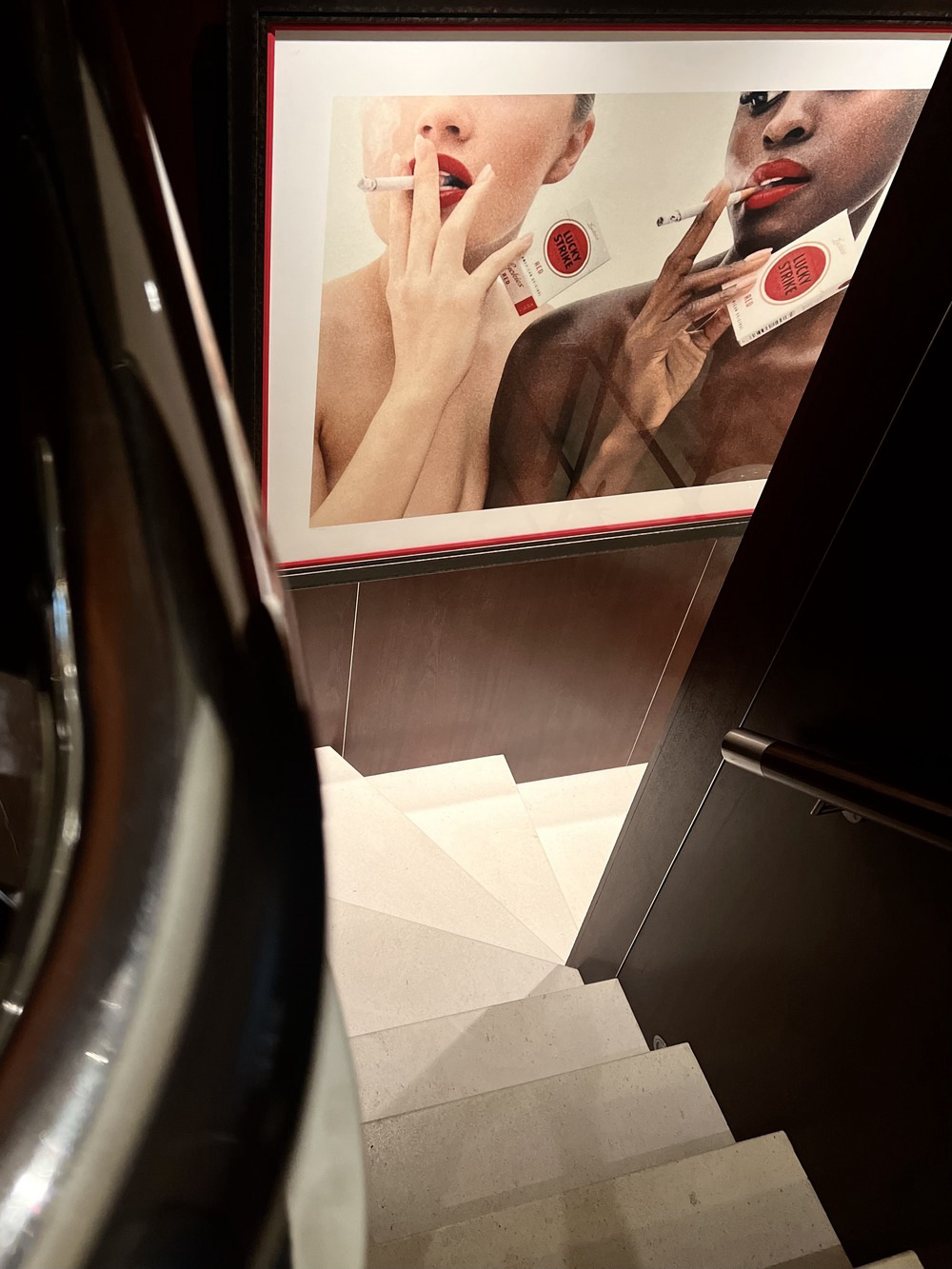
How does your time as a collector impact how you sell your own work?
Collectors are drawn to stories, and I strive to create a compelling narrative with my photography. I hope that collectors not only find inspiration in my work but also connect with the underlying message. By packaging a dream or an idea in visual drama, I aim to engage collectors on a personal level.
Which work in your home provokes the most conversation from visitors?
At the moment, the work that provokes the most conversation is my own photograph Montauk Cowboy. I shot rancher Pat Keogh this past summer in Montauk in a style I would best describe as “vintage romance.” The shoot took place at Pat’s spectacular Deep Hollow Ranch which happens to be the oldest working ranch in the United States. You should have seen his face when I spontaneously asked him to hold a surfboard (we were in Montauk after all!) whilst he sported his chaps, cowboy boots, and cowboy hat in the stables! The idea is to always disrupt the ordinary by challenging traditional narratives and sparking curiosity among viewers.
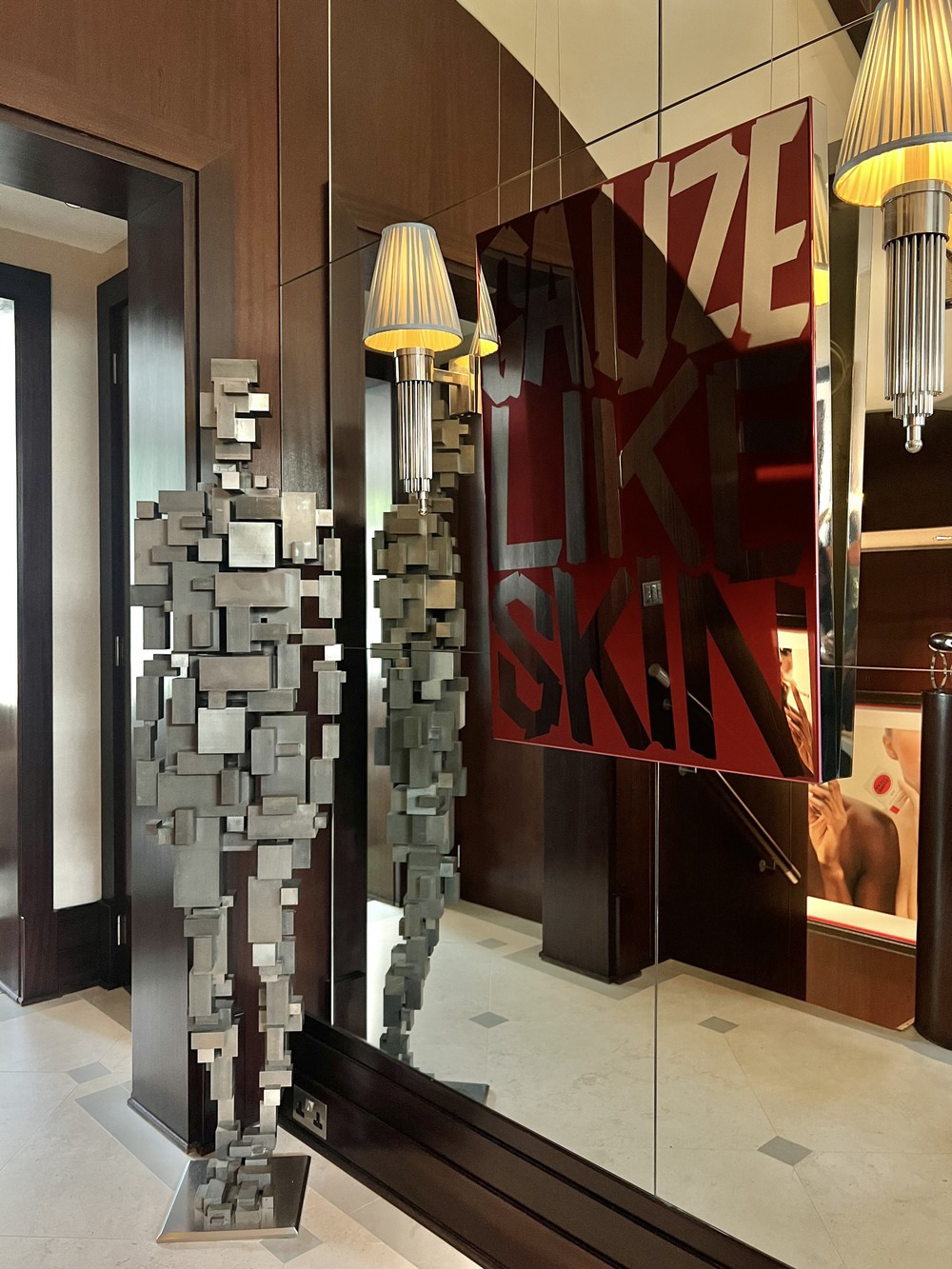
Which other artist are you currently most excited about and why?
At the moment, the artist I am most excited about is Joel Mesler whose wry surrealism and relationship between text and image place him in perfect dialogue with the likes of Ruscha.
And although his paintings at first appear like eye candy, behind it all lies far deeper and more entangled layers of meaning, embedded in every aesthetic choice, many of which find their roots in the artist’s youth and his relationship with his mother. Mesler’s art also conveys messages of hope and joy, offering a refreshing perspective in a time of global challenges.
What factors do you consider when expanding your collection?
My relationship with the artists is the primary factor when expanding my collection. I invest time in researching and getting to know the creators personally, often forming close friendships with them.
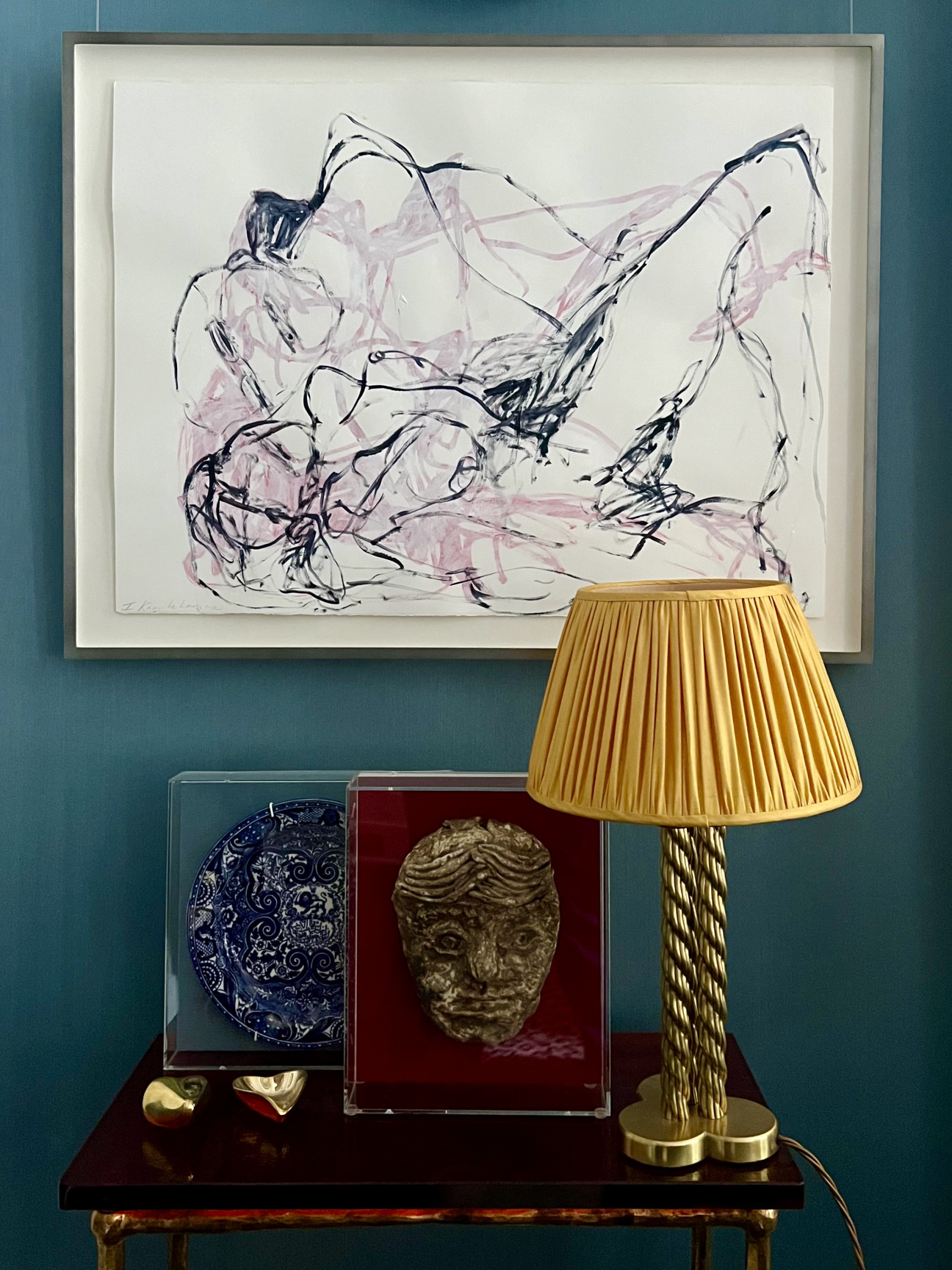
What was your biggest influence in fostering your passion for art?
Curiosity and thirst for knowledge first and foremost. My mother, who dragged me in and out of galleries and museums on weekends when growing up in Paris. And my personal on-the-job education traveling, visiting and conversing with well over 700 artists whilst contributing to several publications on creativity, artists, and studios.
What are the three must-see shows in London this October?
The three must-see shows in London at the moment are Tracey Emin’s gut-wrenching exhibition “I followed you to the end” at White Cube Bermondsey. Also Sir Michael Craig-Martin’s colorful retrospective of his 60-year stellar career at the Royal Academy and finally George Rouy’s dynamic human figure showcase at his Hauser & Wirth exhibition “The Bleed, Part 1."




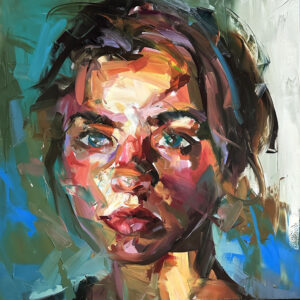





 in your life?
in your life?

